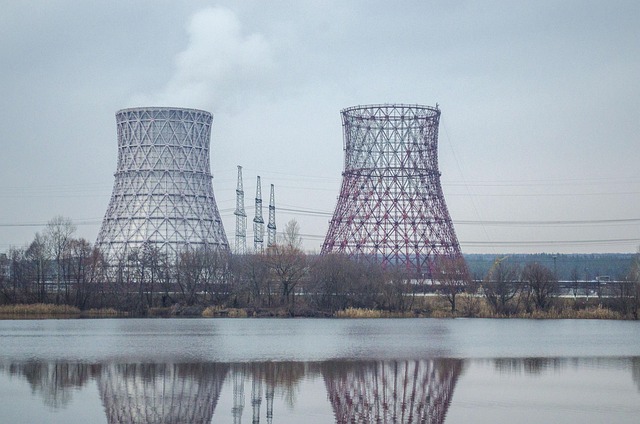Commercial cabling installation is crucial for optimal network performance across diverse environments like offices, schools, and industrial facilities. Tailored solutions address unique challenges, with robust cabling for schools, durable installations for harsh conditions, and strategic planning for future growth. High-speed Ethernet or fiber optic cables ensure reliable data transfer, while regular maintenance and timely upgrades extend system lifespan and future-proof technology integration.
In today’s digitally driven world, reliable network cabling is the backbone of any successful operation—from bustling offices and educational institutions to industrial facilities. Understanding the unique commercial cabling needs of these diverse environments is paramount for optimal performance. This article explores crucial aspects of commercial cabling installation, including types of cabling suitable for each setting, best practices during installation, maintenance strategies for longevity, and more.
Understanding Commercial Cabling Needs
Understanding Commercial Cabling Needs is a critical step in ensuring optimal network performance for offices, schools, and industrial facilities. Each environment presents unique challenges that demand tailored solutions. For instance, schools require robust cabling to support educational technologies, while industrial facilities necessitate durable installations capable of withstanding harsh conditions.
Commercial cabling installation goes beyond basic connectivity; it involves careful planning to accommodate future growth, scalability, and technological advancements. Efficient cabling systems enhance productivity by enabling high-speed data transfer, reliable voice communication, and seamless integration of smart devices. By understanding these needs, businesses can invest in flexible infrastructure that adapts to evolving demands, ensuring their operations remain competitive and efficient.
Types of Cabling for Different Environments
In the realm of network cabling, different environments—commercial offices, educational institutions, and industrial settings—require tailored solutions to meet their unique needs. This is where the concept of specialized cabling comes into play, offering a range of options for each specific context. For instance, commercial cabling installation in offices often involves high-speed Ethernet cables like Cat6a or Cat7, which are designed to handle robust data transfer demands in environments with many devices and frequent upgrades.
Schools, on the other hand, may require more flexible solutions due to dynamic learning spaces. Here, fiber optic cables could be a game-changer, providing reliable and high-bandwidth connectivity across large campuses. In industrial facilities, where reliability and durability are paramount, ruggedized cables like those rated for harsh environments (IE, IP67 or higher) ensure uninterrupted network operation despite demanding conditions. This diversity in cabling types ensures optimal performance and longevity in every setting.
Installation Processes and Best Practices
The process of installing network cabling in commercial settings like offices, schools, and industrial facilities involves careful planning and execution. It begins with assessing the space to determine cable pathways and terminations. This includes identifying areas requiring more robust cabling due to high-density networks or specific equipment needs. Professionals then use specialized tools to drill, route, and secure cables, ensuring minimal disruption to ongoing operations.
Best practices for commercial cabling installation emphasize quality materials and adherence to industry standards. Using appropriate connectors and shielding prevents signal interference and boosts network performance. Regular testing during and after installation verifies cable integrity and functionality. Additionally, proper labeling and documentation streamline future maintenance, making troubleshooting more efficient and minimizing downtime.
Maintenance and Upgrades: Ensuring Longevity
Regular maintenance and timely upgrades are essential for any robust network cabling system, especially in dynamic environments like offices, schools, and industrial facilities. A well-maintained commercial cabling installation can extend its lifespan significantly, ensuring optimal performance and reliability. This involves periodic inspections to identify wear and tear, testing to verify signal integrity, and replacement of outdated components before they fail.
Upgrading network infrastructure should be a strategic process that aligns with evolving technology needs. By staying ahead of the curve, organizations can future-proof their cabling systems, accommodate new technologies like high-speed internet and advanced IoT devices, and maintain competitive advantages in their respective industries.
Commercial cabling installation is a complex yet essential process that forms the backbone of modern workplaces. By understanding the unique needs of offices, schools, and industrial facilities, and selecting the appropriate types of cabling, organizations can ensure reliable network performance. Adhering to best practices during installation and implementing regular maintenance routines are key to achieving longevity and minimizing disruptions. Investing in robust commercial cabling infrastructure enables seamless communication, supports technological advancements, and ultimately contributes to operational efficiency and success.
